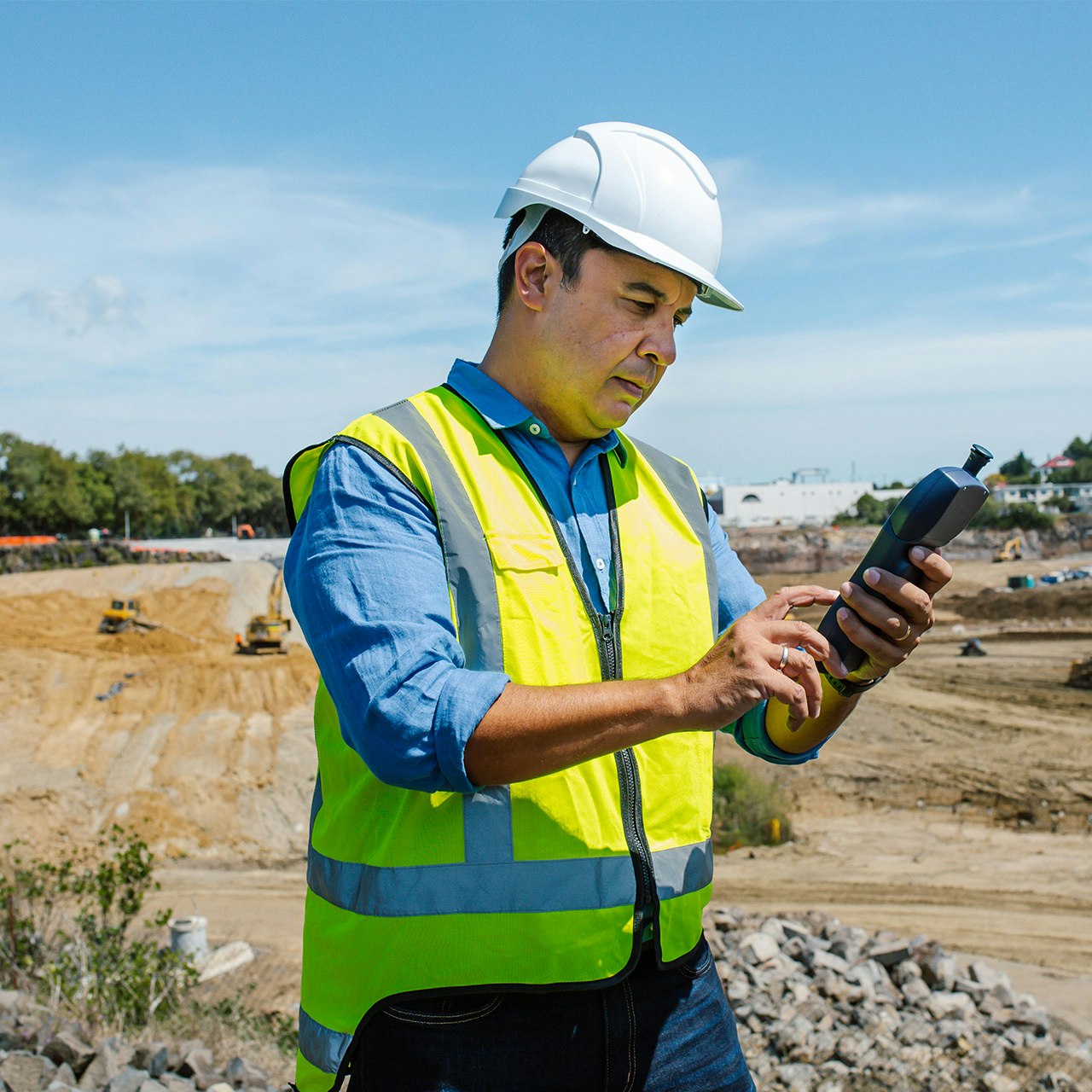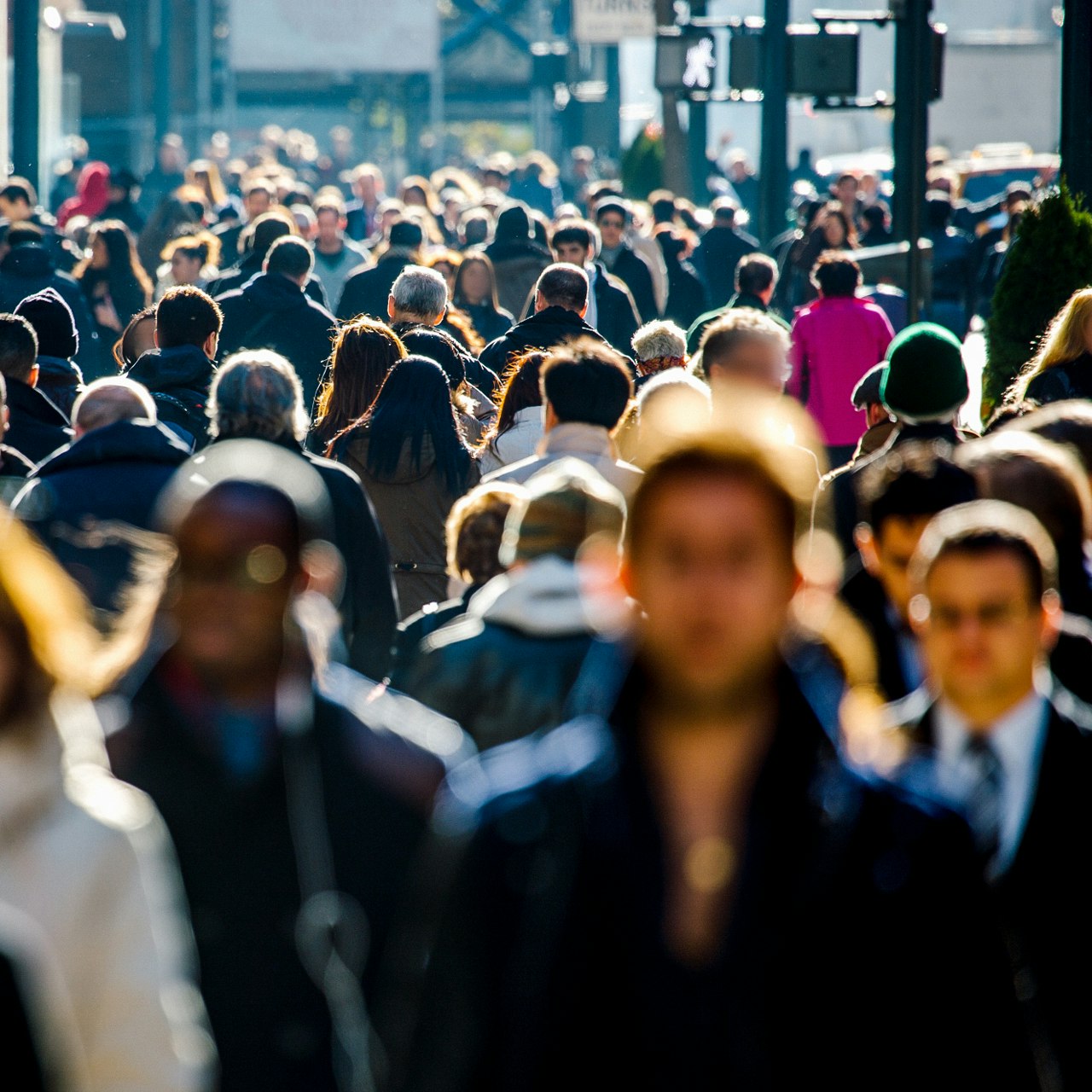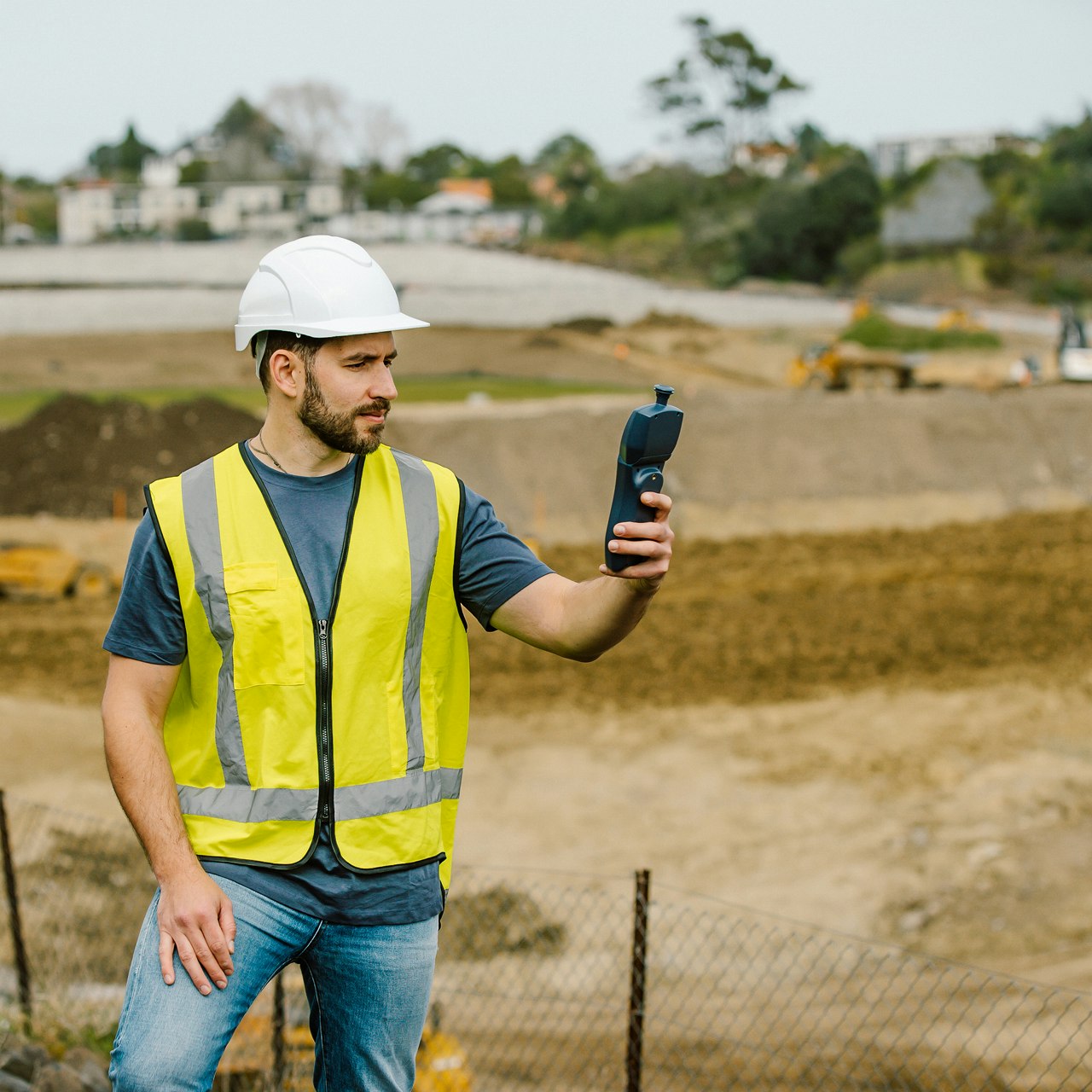Blog
What is Industrial Hygiene Monitoring?
Article Details
Last Updated
11 September 2025
Published
30 June 2022
Category
Industrial Hygiene
Employee health and safety are of paramount importance for any responsible industrial organization. From getting workers home safe to maximizing productivity, protecting your reputation, and avoiding the potential economic costs of absenteeism caused by illness or injury – a healthy workplace means a healthy business.
This practice of maintaining a safe working environment is known as “industrial hygiene” (also called occupational hygiene or occupational health). Industrial hygiene professionals, including IH consultants and environmental, health and safety (EHS) experts, serve as the guardians of worker well-being, striving to safeguard organizations, and the people within them, from hazardous working environments. Here, we’ll explore a little of what goes into industrial hygiene monitoring, why all organizations need to have a basic understanding of these principles, and some of the most common air quality hazards you’ll need to be aware of.
Industrial hygiene monitoring creates healthier working environments
As defined by the Occupational Safety and Health Administration (OSHA), industrial hygiene refers to “that science and art devoted to the anticipation, recognition, evaluation, and control of those environmental factors or stresses arising in or from the workplace, which may cause sickness, impaired health and well-being, or significant discomfort among workers or the community.” Broadly, this translates into a two-step process, with industrial hygiene professionals first identifying present and potential future hazards, before providing solutions that satisfy regulations and help drive the organization toward a safer tomorrow.
Carrying out an industrial hygiene walk-through or workplace risk assessment
The identification and analysis stage of industrial hygiene monitoring begins by asking questions like – What hazards might become present in time? What potential hazards are already present? This is where a consultant or in-house environmental, health and safety professional will likely conduct a walk-through of the facilities. A thorough risk assessment may include “an examination of industrial processes, work practice and environment, and the identification of hazardous agents.” This survey (which might look something like this) helps the IH professional develop an effective plan for evaluating current hazard levels.
Safeguarding workers from respirable dust and other airborne hazards
The types of hazards included in the definition of industrial hygiene are airborne hazards, chemical hazards, biological hazards, ergonomic hazards, and physical hazards. Here, we’re focused on airborne hazards, commonly classified as either particulate or gas and vapor contaminants. The most common types of particulate sources include respirable dust (PM4), inhalable dust (PM10), total suspended particulate (TSP), fumes, mists, aerosols, or fibers. Industrial hygiene sampling (or testing) is one of the most important steps toward reducing risk and creating a healthier working environment. After designing a testing plan, industrial hygiene consultants and EHS professionals deploy air quality monitoring systems, using best practices and the latest technology to obtain trusted data. This could involve carrying out spot checks on respirable or inhalable dust against permissible exposure levels (PEL) using handheld direct-reading instruments, or installing fixed direct-reading (or real-time) instruments to track particulate and gas exposure over a longer period. Once sampling is complete, the next step is to design, communicate, and implement a control plan that meets the needs of the project.
Reducing worker risk using an effective control plan
To help craft a suitable control plan, the National Institute for Occupational Safety and Health (NIOSH) outlines a “hierarchy of controls” containing five approaches to harm reduction. These strategies, ordered from most to least effective, are:
- Elimination – removing the hazard entirely
- Substitution – replacing the hazard with a safer alternative
- Engineering controls – using structural changes to isolate the hazard from employees
- Administrative controls – Adjusting policy around how workers function (e.g., exposure limits)
- Personal protective equipment (PPE) – Providing PPE to workers as a last line of defense
In practice, implementing a combination of approaches may prove most effective in providing the best protection possible.
Industrial hygiene and organizational efficiency
Industrial hygiene monitoring not only impacts the health and wellness of workers, but it also affects how well your organization runs. Absenteeism has been shown to lead to decreased productivity, negatively impact morale, and ultimately result in lost profits and inefficiency. In better understanding the importance of industrial hygiene monitoring, businesses and government organizations alike are more likely to recognize airborne hazard risk factors, act swiftly to reduce harm, and maintain a healthier, more productive, and more profitable workplace.
Want to find out more?
If you have any further questions on industrial hygiene, our range of real-time and direct-reading instruments (including Aeroqual Ranger | Dust – the ultimate connected handheld dust monitoring solution), or how we can help you optimize worker safety, don’t hesitate to get in touch!
Related products
Industrial hygiene monitoring made easy
Ensure worker health and safety with defensible real-time data you can trust.












